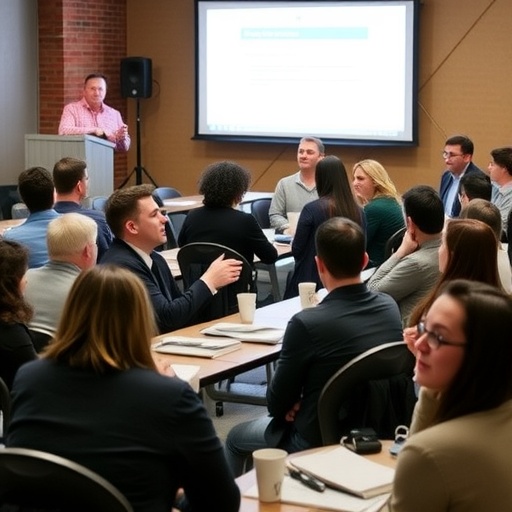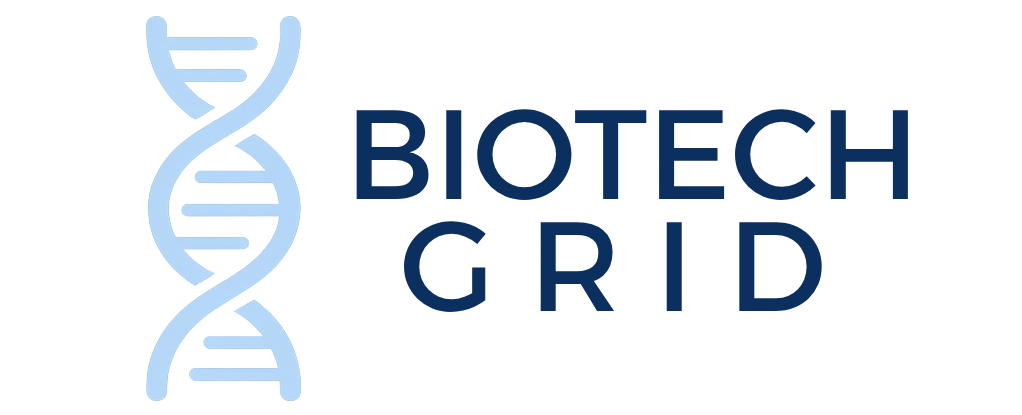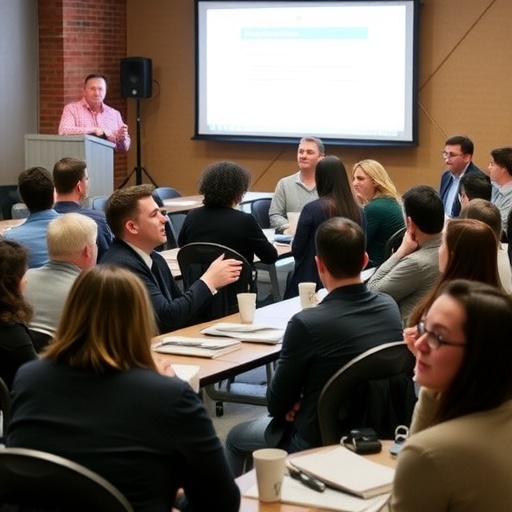
In the landscape of higher education, a pivotal shift is taking place in how student engagement is fostered within graduate seminars. The recent publication by Bullard and colleagues titled “Correction: Enhancing Student Engagement in the Graduate Seminar by Scaffolding Active Learning Activities,” featured in Biomed Eng Education, addresses these changes and the methodologies designed to elevate student involvement and comprehension. This article not only underscores the significance of active learning but also presents a systematic approach to embedding these principles into graduate-level curricula.
Taking place within the context of ever-evolving educational demands, the authors detail how traditional lecture-based formats often fail to capture the full attention of graduate students. These physical and intellectual absences dilute the potential for deep learning, making the need for innovative strategies more pressing than ever. The researchers emphasize an active learning framework that scaffolds learning activities, allowing students to engage meaningfully with course materials. This methodological pivot seeks to redefine the seminar experience, transforming passive listeners into active contributors.
The scaffolding approach outlined in the study is rooted in educational psychology, drawing upon constructivist theories that highlight the importance of active participation. The authors meticulously describe how structured interactive opportunities can lead to deeper cognitive processing and retention of information. By using a variety of pedagogical techniques, educators create a dynamic learning environment where students can collaboratively explore complex topics, challenge their assumptions, and cultivate critical thinking skills. This inherently contrasts with traditional methods that often prioritize rote memorization over genuine understanding.
Emphasizing the importance of adaptability, the article provides clear guidelines on implementing scaffolding in graduate seminars. One essential component is the sequence of activities designed to build upon one another, allowing students to gradually acquire knowledge and skills. This progressive layering helps alleviate the overwhelming nature of new information, making it approachable and manageable for students at all levels. Furthermore, by leveraging technology, facilitators can offer diverse learning modalities, catering to varying preferences and abilities.
The authors also shine a light on the role of peer interaction in enhancing engagement. Through collaborative activities, students benefit from shared learning experiences that foster a sense of community and encourage the exchange of diverse perspectives. The article proposes strategies for facilitating these interactions, such as structured group discussions and peer-led presentations, which serve to enhance student accountability and investment in their education. Such formats not only strengthen understanding but also prepare students for the collaborative environments they will encounter in their professional careers.
Central to this endeavor is the significance of formative assessment, which the authors argue is vital for gauging student understanding and adjusting instructional practices accordingly. By incorporating ongoing feedback mechanisms, educators can identify gaps in knowledge and adapt their approaches in real time. This immediacy not only reinforces learning but also empowers students to take ownership of their educational journey, fostering a culture of continuous improvement.
Moreover, Bullard and colleagues posit that the incorporation of real-world applications can significantly enhance the relevance of seminar content. By connecting academic materials to contemporary issues, students are encouraged to think critically about their learning and its implications beyond the classroom. This contextualization not only increases motivation but also equips students with problem-solving skills that are essential in today’s fast-paced, ever-changing landscapes.
As the authors delve deeper into pedagogical strategies, they advocate for the integration of technology as a means to facilitate active learning. Digital tools can serve as catalysts for rich, interactive dialogues and enable innovative forms of expression that can invigorate the seminar experience. From virtual collaboration platforms to interactive storytelling tools, the article serves as a resource for instructors seeking to harness technology’s potential in enhancing student engagement.
While the report focuses on specific strategies, it also acknowledges the challenges that come with implementing these active learning frameworks. Resistance from students accustomed to traditional educational methods can pose barriers to engagement. Thus, the authors suggest that educators should proactively address these concerns by clearly communicating the benefits of active learning. By setting expectations and showcasing the tangible advantages, educators can help ease the transition and cultivate an environment conducive to active participation.
Additionally, the article highlights the significance of instructor involvement in fostering an engaging atmosphere. Educators must embrace their roles not merely as transmitters of knowledge but as facilitators of exploration and inquiry. This shift necessitates a reevaluation of teaching philosophies, encouraging educators to foster an inclusive space where all student voices are heard and valued. The authors argue that when instructors model enthusiasm for the material and exhibit genuine interest in student contributions, they inspire learners to engage more actively.
Ultimately, Bullard and his colleagues conclude that the successful implementation of scaffolding active learning activities within graduate seminars has the potential to redefine the educational experience. By equipping students with the skills necessary to thrive academically and professionally, educators contribute not only to their immediate learning but also to the broader realms of scholarship and practice. The ripple effects of these pedagogical strategies extend beyond academic success, preparing students to navigate and innovate in an increasingly complex world.
In light of these findings, it becomes increasingly apparent that education must evolve to meet the diverse needs of modern learners. The recommendations presented in this study can serve as a beacon for educators seeking to enhance student engagement, ultimately fostering an academic environment that prioritizes active participation and critical thinking. As the education landscape continues to shift, the imperative to embrace these innovative practices has never been more crucial.
As more institutions recognize the value of active learning, the importance of collaboration and knowledge sharing among educators becomes evident. Journals such as Biomed Eng Education provide essential platforms for disseminating research and best practices, allowing educators worldwide to learn from one another and further enhance pedagogical approaches. Moving forward, this collective effort will not only improve student engagement but also advance the field of education as a whole.
Subject of Research: Active Learning in Graduate Seminars
Article Title: Correction: Enhancing Student Engagement in the Graduate Seminar by Scaffolding Active Learning Activities
Article References:
Bullard, E.A., Dubell, C.R., Patrick, C.W. et al. Correction: Enhancing Student Engagement in the Graduate Seminar by Scaffolding Active Learning Activities.
Biomed Eng Education (2025). https://doi.org/10.1007/s43683-025-00185-7
Image Credits: AI Generated
DOI: 10.1007/s43683-025-00185-7
Keywords: Active Learning, Graduate Seminars, Student Engagement, Scaffolding, Pedagogy, Collaborative Learning, Formative Assessment.
Tags: active learning strategies in higher educationconstructivist theories in educationeducational psychology in graduate educationenhancing student involvement in seminarsgraduate seminar engagementimportance of active participation in learninginnovative teaching methods for graduate coursesinteractive learning opportunities for studentsmethodologies for improving seminar effectivenessscaffolding techniques for graduate studentssystematic approach to student engagementtransforming passive learning environments



